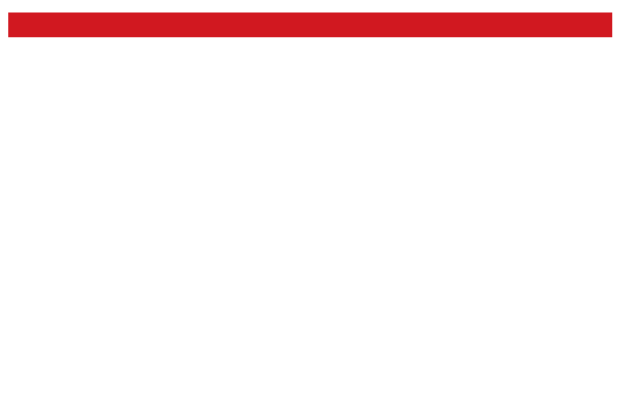
As a small business owner, chances are likely that you will increase your marketing budget in the coming year. Deloitte finds that advertising costs have grown nearly 4 percent over the past two years, and in 2023, the study says that marketing has accounted for around 13.6 percent of the average small business’s spending.
Rising costs are not ideal, but if your small business’ marketing budget is grounded in research, and you are committed to regular analysis and adaptation, you can still optimize your resources to get maximum results. In today’s digitally driven world, innovative use of ad spend allows your brand to adapt to changing consumer behavior, stand out in a saturated market, and meet your marketing goals.
A realistic marketing budget starts with well-defined goals
To craft a realistic marketing budget, start with a solid foundation of market research. Whether your business is big or small, you need this data to move forward. Only a deep understanding of the current market will enable you to evaluate your brand’s goals accurately.
When you carefully define your brand’s goals, you set the stage to articulate your identity, mission, values, and unique selling proposition. This information will influence every stage of your marketing campaigns.
As you start defining your goals, you must decide exactly what you want each marketing effort to achieve. For example, are you marketing to create leads, or to convert leads into sales?
Next, set hard numbers to determine how many leads or sales the marketing campaign will need to generate for it to be a success. As a rule, every goal you set for your marketing budget should be quantifiable.
Most small businesses start by zeroing in on goals that involve direct response marketing and lead generation. These campaigns are the easiest to track.
Allocating funds for a realistic marketing budget
Establishing a realistic marketing budget involves allocating funds across a number of marketing channels that strategically align with your goals. To optimize your resources for maximum efficiency, you will want to ensure that every advertising dollar you spend contributes meaningfully to these desired results.
If your marketing approach does not align with your goals, your results will show it. For example, if your target audience is made up of people planning for retirement, your funds will not be well spent on platforms where millennials and Gen Zers make up the bulk of your audience. Marketing efforts yield optimal results when your budget, strategy, and goals align.
As a small business, beginning a new marketing campaign with strategic experimentation is wise. Initiate any new campaign with a budget of a few hundred or thousand dollars, but remember that while fancy marketing tools might be tempting, they aren’t always necessary. Never underestimate the power of organic reach through engaging, shareable content on social media platforms, and email campaigns.
Examine your available marketing funds and divide your monthly, quarterly, and annual budgets across your marketing campaigns. Cut superfluous spending from your marketing budget by reviewing each item line by line.
Keep in mind that the money you spend on advertising is just one part of your marketing budget. You also need to include all necessary staff salaries, software licensing fees, and professional service prices from agencies, contractors, and freelancers when calculating your overall marketing expenses.
Track results to optimize your marketing budget
Once you implement your marketing budget, you must then regularly monitor and evaluate your spending to prioritize cost-effective strategies, optimize existing resources, and adjust plans as needed. You can analyze your campaign’s return on investment using the dashboards and statistics provided by marketing software such as Looker, Whatagraph, Improvado, Ninjacat, Funnel.io, Salesforce Marketing Cloud Intelligence, Klipfolio, DashThis, and Databox. These analytics tools will help you monitor your marketing performance in real-time with automation solutions to streamline repetitive processes.
Quantifiable goals and hard data enable you to identify the channels that are working and those that are not, so use your analytics tools to drive action. If your campaign is successfully meeting its goals, find out why it is working and look for a way to put more money into it.
Similarly, if your campaign is not meeting its objectives, evaluate why and allot that money elsewhere. The key is to monitor regularly to stop wasting time and energy on projects that are not producing results. As you streamline your budget, you can adjust your funds for more effective advertising, allowing you to prioritize your marketing efforts and provide more resources to campaigns and channels already producing a positive return on investment.
In essence, effective marketing starts with a carefully planned strategy and a budget based on that strategy. With these pieces in place, the money you put toward your marketing efforts will increase your growth and long-term potential.
As a small business owner, make the most of your funds by ensuring that every ad dollar you spend gets you closer to achieving your goals. Remember that it’s not about how much you spend, but how you spend it, so focus on maximizing your existing resources and investing strategically in areas that yield the best measurable outcomes overall.













